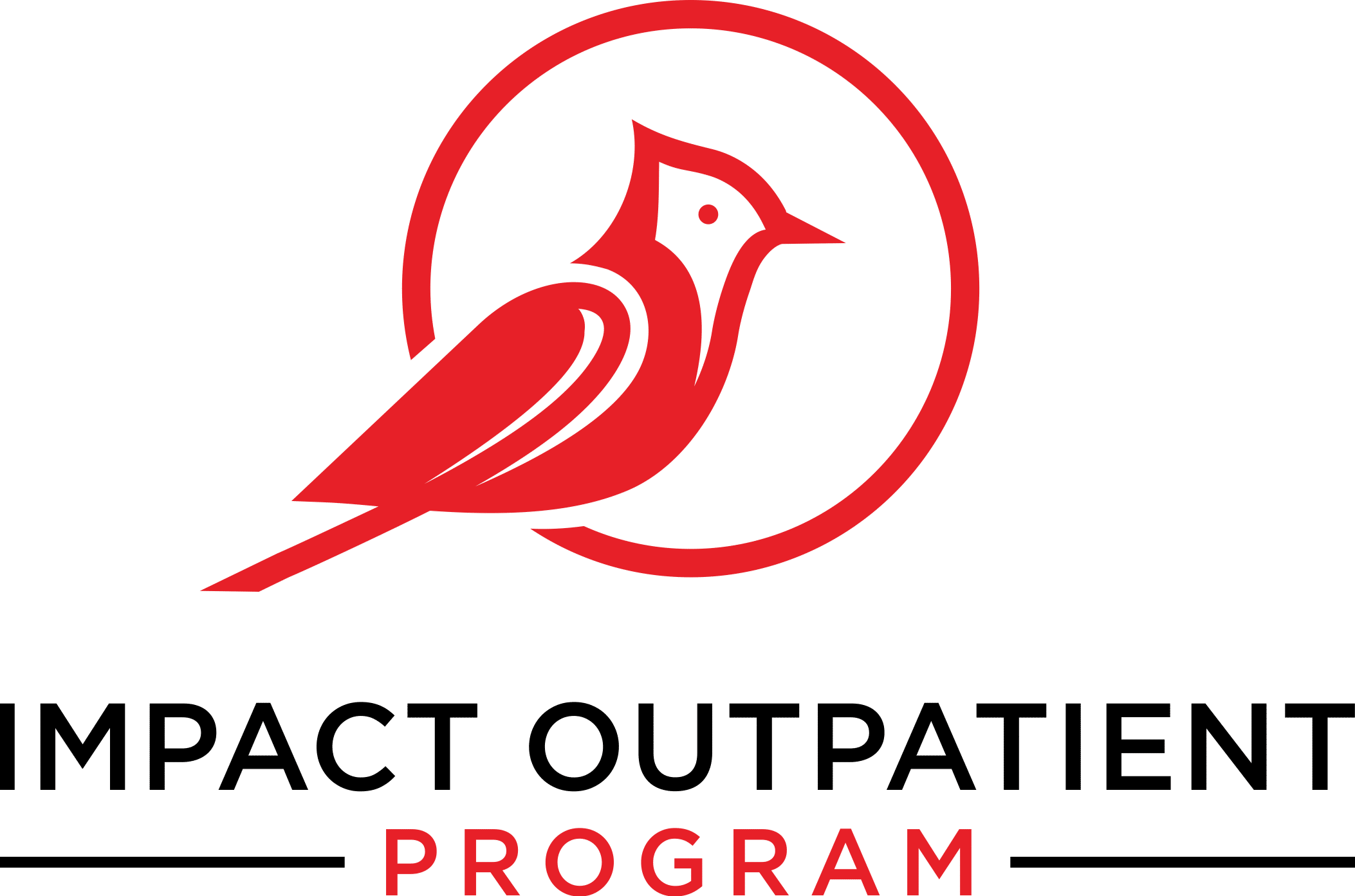Cognitive Behavioral Therapy (CBT) is a form of psychotherapy that has become a mainstay in the mental health field. It is a structured, time-limited therapy that aims to address negative patterns of thought and behavior that contribute to people’s emotional distress.
By learning the fundamentals of CBT, individuals can develop skills to modify dysfunctional thinking and behavior, paving the way for positive changes in their emotional well-being and life satisfaction.
Here, we will explore the core principles of CBT, examine key techniques used in this therapeutic approach, and consider how they can be applied to various psychological difficulties.
Understanding Cognitive Behavioral Therapy
At its core, CBT is founded on the concept that our thoughts, feelings, and behaviors are interconnected, and that changing negative thoughts and behaviors can lead to changes in our feelings. It’s a therapy grounded in the present, focusing on current problems and practical solutions.
Basic Principles of CBT
- Psychological problems are partly based on faulty or unhelpful ways of thinking.
- Psychological problems are also based on learned patterns of unhelpful behavior.
- People suffering from psychological problems can learn better ways of coping with them, thereby relieving their symptoms and becoming more effective in their lives.
Key CBT Techniques
Cognitive Restructuring
Cognitive restructuring is a technique used to identify and challenge distorted or unhelpful thoughts (known as cognitive distortions). Through this process, individuals learn to view situations from a different perspective and engage in more rational, objective thinking.
Examples of Cognitive Distortions:
- All-or-Nothing Thinking: Viewing situations in black-and-white categories.
- Overgeneralization: Making broad interpretations from a single or few events.
- Catastrophizing: Expecting the worst-case scenario to happen.
Behavior Modification
Behavior modification techniques in CBT are designed to change harmful or unhelpful behavioral patterns. This can involve strategies like exposure therapy for phobias, where patients are gradually introduced to the source of their fear in a controlled environment.
Problem-Solving
CBT therapists often teach problem-solving skills to help individuals cope with difficult situations more effectively. This involves breaking down a problem into manageable parts, brainstorming possible solutions, and then evaluating and implementing those solutions.
Relaxation and Stress Reduction Techniques
CBT also incorporates relaxation exercises and stress reduction techniques to help manage anxiety and stress. Techniques can include deep breathing, progressive muscle relaxation, and mindfulness meditation.
Applying CBT Techniques
Managing Mood Disorders
CBT is particularly effective in treating mood disorders, such as depression and anxiety. By addressing cognitive distortions and incorporating behavioral strategies, individuals can significantly improve their mood and functioning.
Handling Stress and Anger
Stress and anger can be mitigated through CBT by using relaxation techniques and cognitive restructuring to alter the perception of stress-provoking situations.
Improving Relationships
CBT helps individuals understand and change patterns of behavior that negatively affect relationships, such as communication issues and unrealistic expectations.
Contact Impact IOP – Louisville Addiction Treatment Center Today
Cognitive Behavioral Therapy offers individuals the opportunity to overcome psychological difficulties and improve their overall well-being by addressing negative thinking patterns and behaviors.
However, seeking the guidance of a trained CBT therapist is essential in fully harnessing the power of this therapy. If you are struggling or want to optimize your mental health, consider contacting Impact IOP – Louisville Addiction Treatment Center today for a free consultation to see if CBT is the right approach for you.
Let’s take the first step towards positive change together. Remember, with CBT, a brighter and more fulfilling future is within reach.

